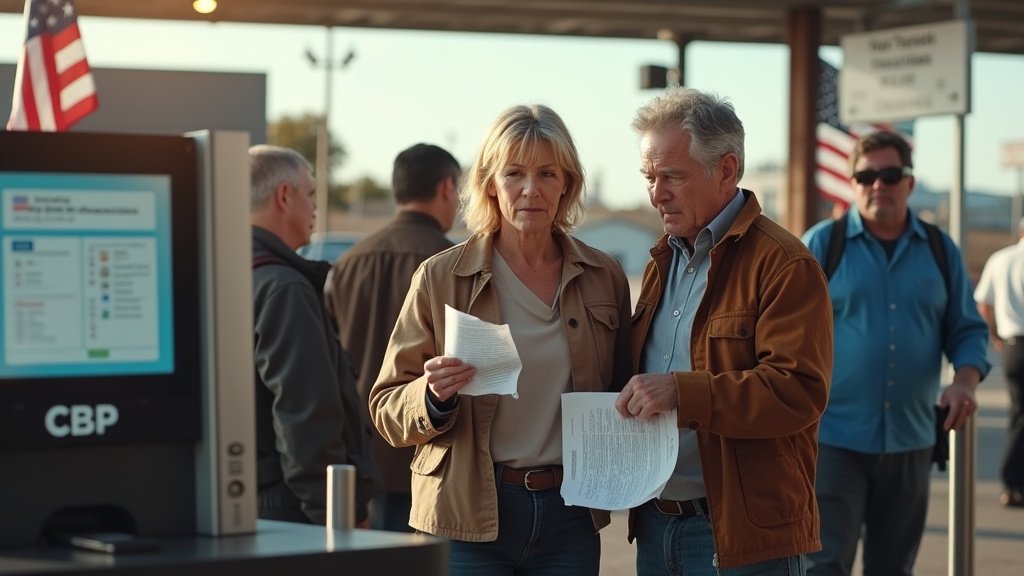Washington D.C. – The United States Coast Guard has significantly ramped up its operational presence and patrol activities along the U.S. Southern Border, including extensive operations on the Rio Grande in Texas, as part of a broader national strategy to enhance border security and interdict illicit activities.
Recent reports confirm that Coast Guard crews were actively patrolling the Rio Grande near Mission, Texas, on October 18, 2025. This focused activity is indicative of a broader, escalating effort by the service to control, secure, and defend U.S. borders and maritime approaches. These patrols are not isolated incidents but are part of a sustained increase in Coast Guard operations that began in early 2025, following directives to bolster national security measures.
The Coast Guard’s Evolving Role in Border Security
The U.S. Coast Guard, a branch of the U.S. Armed Forces and part of the Department of Homeland Security, has a multifaceted mission that includes maritime law enforcement, search and rescue, and national defense. Its mandate extends to controlling U.S. borders and maritime approaches, safeguarding ports and waterways, and ensuring the free flow of vital commerce. In recent times, this role has been amplified, with an increased focus on the challenges presented by the U.S. Southern Border.
Heightened Operations Along the Rio Grande and Southwest Maritime Border
The patrols on the Rio Grande are a critical component of the Coast Guard’s intensified efforts. This vital waterway serves as a key transit route, and its security is paramount. Beyond the river, the Coast Guard has expanded its posture to gain full operational control of the Southwest Maritime Border, deploying additional cutters, aircraft, and specialized teams. This surge in assets and personnel is designed to detect, deter, and interdict illegal migration, drug smuggling, and other potential threats before they reach U.S. shores.
Interdictions and Trends in Smuggling
These increased operations are yielding significant results, reflecting trending challenges at the border. Since early 2025, the Coast Guard has interdicted substantial quantities of illicit narcotics. For instance, by late March 2025, interdictions since January 21 had secured over 68,800 pounds of cocaine and 4,200 pounds of marijuana, valued at nearly $785 million. In October 2025 alone, Coast Guard crews offloaded over 12,750 pounds of cocaine and marijuana with an approximate street value of $94.5 million.
Furthermore, the number of migrant interdictions by the Coast Guard has seen a notable increase, doubling since 2021. In fiscal years 2022 and 2023, over 12,000 migrants were interdicted annually. More recently, as of March 2025, the Coast Guard District 11 was encountering approximately two migrant vessels per day, signaling a rise in maritime migration attempts as land border security measures are strengthened.
Interagency Collaboration and Support
The success of these intensified operations relies heavily on interagency collaboration. The Coast Guard works in close coordination with the Department of Homeland Security (DHS) and the Department of Defense (DoD). This includes support from naval assets, such as U.S. Navy warships deployed to bolster maritime security and law enforcement capabilities. This integrated approach ensures a more robust and comprehensive defense of the U.S. maritime borders.
A Persistent Commitment to Border Security
The U.S. Coast Guard’s commitment to safeguarding national security and territorial integrity remains unwavering. The ongoing patrols and interdictions along the Southern Border, including the Rio Grande, underscore the service’s vital role in combating transnational criminal organizations and ensuring the safety of the American people. As border security dynamics continue to evolve, the Coast Guard stands as a critical first line of defense in the maritime domain, adapting its strategies and deploying resources to meet emerging threats. This news highlights a trending focus on border security in the US, with the Coast Guard playing an increasingly prominent role.






